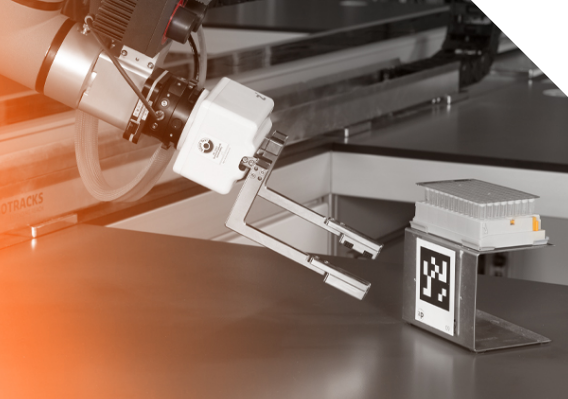Industrial robotic arms vs collaborative arms - what are the differences?

Share this article
Thanks to their fast and reliable operating systems, robotic arms are optimising efficiency, accuracy and productivity within automating manufacturing processes.
What is an Industrial Robotic Arm?
Hence their name, Robotic Arms resemble the functionality of human arms. Usually mounted to a base with safety caging, the arms contain multiple joints that act as axes to enable a degree of movement. These autonomous Robotic Arms are generally used for heavy lifting or repetitive tasks in the industrial automation space that require a great deal of accuracy with no direct human interaction.
What is a Collaborative Arm (Cobot)?
Collaborative Arm Robots, or Cobots, are designed to work alongside humans in a shared space. Cobots are lightweight and compact in design which makes them easy to move and reconfigure. They typically have force and torque sensors that allow them to detect and respond to contact with humans or objects. Due to their adaptable nature, Cobots are commonly used for assembly, picking and placing, machine tending, and quality inspection.
Read more: What are cobots?
What are the key differences between Industrial Robot Arms and Collaborative Arms?
- Safety: Industrial Arms are usually enclosed in a safety cage due to their speed, size and power. Collaborative Arms (Cobots) however, are designed for human-robot interaction and have sensors to detect movement and proximity to optimise safety.
- Capability: Thanks to their size, Industrial Arms are stronger, faster and have an increased payload capacity compared to their Cobot counterparts.
- Cost: Despite the upfront expenditure being lower for Cobots, Industrial Arms are often more cost effective in the long term due to their capability to produce higher production value.
What are the benefits of Industrial Robot Arms?
Industrial Arms handle high-volume repetitive tasks with exceptional speed and precision which improves overall efficiency and in turn, offers increased payload capacity for industrial settings handling heavier materials. Because of this efficiency, Industrial Arms provide long-term value for high-output applications over time.
What are the potential drawbacks of Industrial Robot Arms?
Due to their large size and heavy stance, Industrial Arms require safety caging and space which could impact a workspace. Their set-up costs can be steeper than those of Cobots, and their complex software may require programming by skilled personnel. This software may also need reprogramming depending on production line changes which is where the adaptable nature of Cobots is beneficial.
When to Choose an Industrial Robotic Arm
Industrial Arms are ideally suited to handling high volumes of heavy materials, for example, metal components or car parts. As well as physically strenuous tasks, these arms are designed to carry out repetitive tasks operating on high-speed production lines.
Find out more about Astech’s robotic arms
For further information or guidance regarding Industrial Robotic Arms, please contact Astech with any questions or queries - we’re always happy to help.


